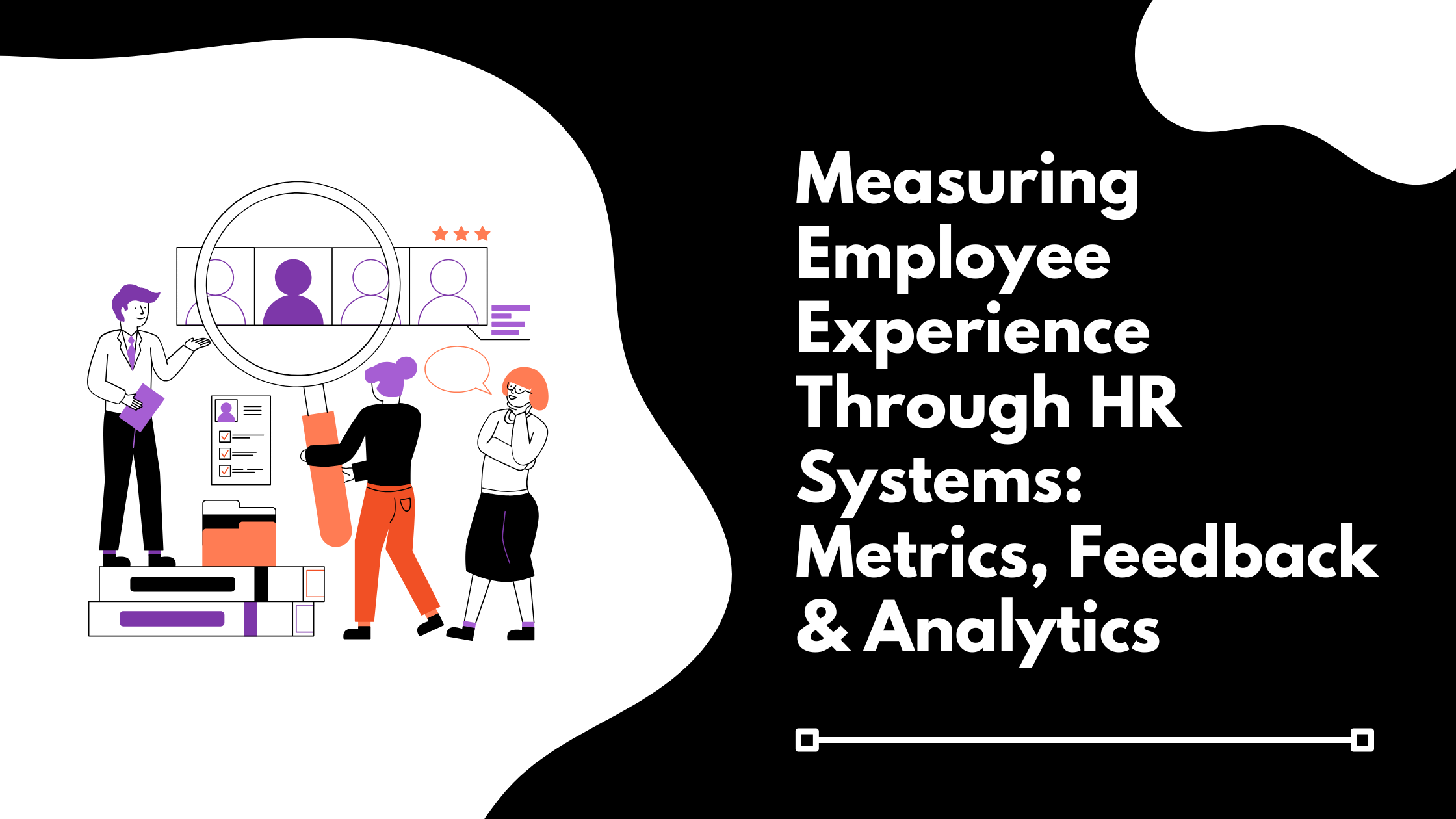Employee Experience (EX) used to be something you felt, not something you could measure. Now, HR tech makes it possible to see what’s working and what’s not across the entire employee lifecycle.
From dashboards that highlight engagement trends to analytics showing where processes break down, HR systems are giving organisations the tools to connect the dots between technology, culture, and human outcomes.
But here’s the catch: measuring EX isn’t just about numbers. It’s about choosing metrics that reflect real experiences and combining data with meaningful feedback.
Why Employee Experience Measurement Matters
The way people experience work has shifted. Hybrid setups, evolving expectations, and constant digital change mean HR leaders can no longer rely on annual surveys or gut feel.
Good EX measurement helps you:
- Catch issues before they escalate
- Target improvements where they’ll have the most impact
- Demonstrate HR’s value in business terms
It’s not about “tracking happiness” — it’s about understanding how work feels, flows, and functions day to day.
What to Measure (and Why)
There’s no universal EX formula, but a few areas stand out:
- Engagement & eNPS: Indicators of loyalty and emotional connection
- Adoption & usability of tools: If people avoid using systems, something’s wrong with the design or process
- Retention & turnover: The most visible outcome of disengagement
- Well-being & absenteeism: Leading signals of burnout or imbalance
- Learning & growth participation: Reflects long-term satisfaction and opportunity perception
- Time-to-resolve for HR requests: A concrete way to measure support effectiveness
What matters most is consistency. Tracking the same indicators over time, so change becomes visible.
Beyond Metrics: Listening for the “Why”
Data without dialogue is noise. To truly understand EX, pair quantitative metrics with qualitative insight:
- Pulse surveys with open questions
- 1:1 or skip-level conversations
- Feedback from exit and stay interviews
- Focus groups on moments that matter (onboarding, performance, promotions)
These add the human context behind the charts — the why that drives the what.
Turning Data Into Action
Collecting metrics isn’t the goal. Acting on them is. That’s where well-designed dashboards come in, giving HR teams and business leaders a shared, visual language for decision-making.
If you missed it, read our piece on HR Analytics Dashboards: Designing Visualisations That Drive Decision-Making for a deeper dive on building dashboards that make data useful.
The key: don’t measure everything. Measure what matters, visualise it clearly, and connect each data point to an action you can take.
Building a Sustainable EX Measurement Strategy
- Define your core EX priorities (engagement, growth, inclusion, etc.)
- Identify the data sources that support them
- Create dashboards for leaders, managers, and teams
- Keep feedback loops open — collect, respond, communicate back
- Review quarterly and adapt your metrics as the workplace evolves
This is how HR becomes proactive, not reactive — spotting friction early, improving continuously, and shaping a better employee journey.
The Bottom Line
Employee Experience is measurable, but only when you treat data as a conversation starter, not the final word. HR systems provide the visibility, but it’s still the human interpretation that makes sense of it all. Measure, listen, and act. That’s how you turn HR technology into an engine for better work.

.png?width=80&name=image%20(6).png)